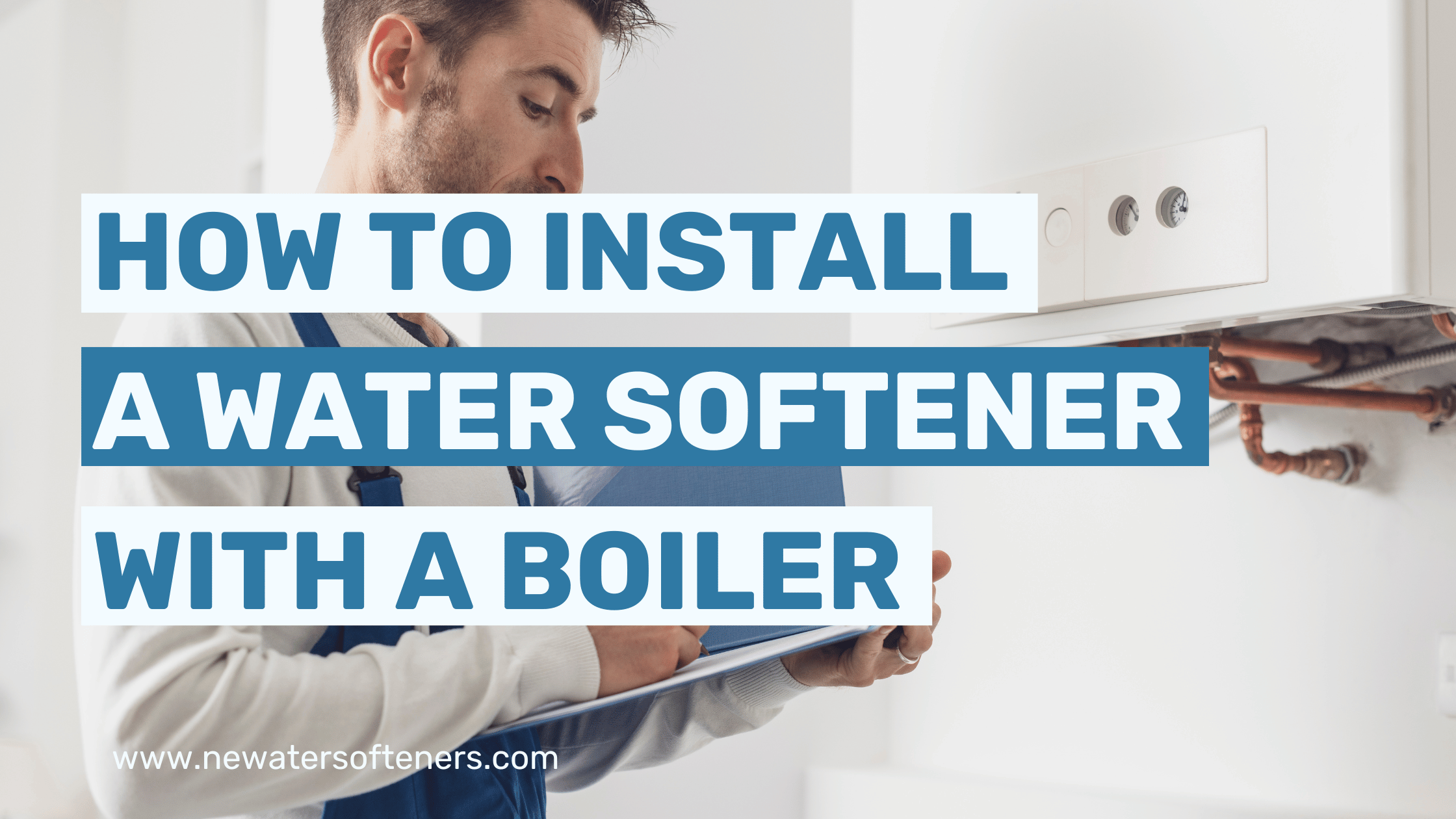How to Install a Water Softener with a Boiler – What is The Recommended Method?

🔧 How to Install a Water Softener with a Boiler: A Complete Guide
One of the most common questions we get is: Can I install a water softener with my boiler? The answer is yes—most water softener systems can be easily installed with a wide range of boiler types, including combi boilers, gravity-fed systems, and high-flow setups. The key is understanding your home's water pressure and having the right plumber carry out the installation.
Below, we explain what you need to know when installing a water softener alongside your boiler, including essential pressure requirements, location tips, and plumbing advice.
🛠️ Can You Install a Water Softener with Any Boiler?
In most cases, yes! Whether your home has a combi boiler, gravity-fed system, or a high-flow unvented system, a qualified plumber can install a water softener with minimal disruption.
However, there is one major difference: water pressure.
💡 Pressure Considerations
- The ideal pressure for a water softener is 3–4 bar.
- If your system exceeds this (common in high-flow boilers), a pressure-reducing valve (PRV) will need to be installed before the softener.
- Installing a softener without reducing high pressure can damage the unit permanently.
- ✅ Tip: A plumber can check your water pressure during installation and fit a PRV if needed.
📍 Key Considerations When Installing a Water Softener
Even though a plumber will handle the installation, it's helpful to know the basic requirements and setup options.
🚰 1. Distance to Stop Tap & Main Water Supply
Your water softener should be installed as close to the main stop tap as possible, ideally on the cold water supply line. This ensures all the water entering your home—including the supply to your boiler—is softened before use.
🔥 Never install a softener on a hot water line—this can damage the resin inside the system.
📏 2. Space and Accessibility
Before you buy, ensure there’s enough space for the softener unit and salt storage.
- Most compact softeners fit under the kitchen sink.
- Larger systems may require utility room installation.
👀 Ensure easy access for salt top-ups and ongoing maintenance.
🧼 3. Drainage Access
Water softeners regenerate periodically and release wastewater through a drain. That means you’ll need:
- An accessible drain connection.
- Possibly a backflow prevention valve to protect your drinking water supply.
🛠️ Don’t worry—your plumber will be able to handle this part for you.
🌡️ 4. Temperature Requirements
Water softeners should be installed in well-ventilated areas that are not exposed to freezing or high heat.
Best installation spots:
- Utility room
- Kitchen cupboard
- Garage (only if insulated)
💧 5. Bypass Valve
A good plumber will include a bypass valve in your setup. This allows you to:
- Turn off the softener for servicing
- Continue receiving unsoftened water during maintenance
🧰 Summary: What You Need for Boiler-Compatible Water Softener Installation
| Requirement | Why It Matters |
|---|---|
| ✅ Water pressure check | To prevent softener damage in high-pressure systems |
| ✅ Close to stop tap | Ensures all incoming water is softened |
| ✅ Cold water line only | Protects resin and softener longevity |
| ✅ Space for unit & brine tank | Allows easy salt refills and maintenance |
| ✅ Drain connection | Essential for regeneration cycle |
| ✅ Suitable temperature zone | Avoids performance issues or freezing |
| ✅ Bypass valve | Makes maintenance easy without disrupting water supply |
💬 Need Help Installing a Water Softener?
Whether you're fitting a water softener alongside a combi boiler, unvented system, or something else, our expert team can help.
📞 Call us today on 01429 872 522
💬 Or click here to enquire online
